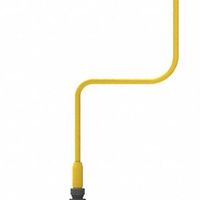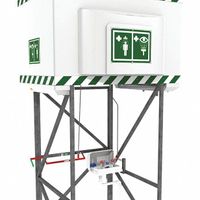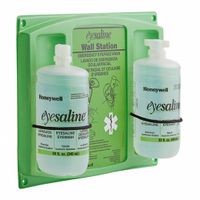.....Read More

Accessories & Testing Supplies for Eyewash Equipment & Safety Showers

Alarm Systems for Eyewash Equipment & Safety Showers

Eyewash Stations

Portable Eyewash Stations

Portable Safety Showers with Eyewash

Replacement Parts for Eyewash Equipment & Safety Showers

Safety Showers

Supplemental Eyewash Bottles & Stations

Thermostatic Mixing Valves & Water Heaters for Eyewash Equipment & Safety Showers
Frequently Asked Questions
What is the purpose of eyewash stations and safety showers?
How often should eyewash stations and safety showers be tested?
What are the OSHA requirements for eyewash stations and safety showers?
How long should you flush your eyes at an eyewash station?
What is the correct water temperature for eyewash stations and safety showers?
How do you maintain and clean eyewash stations and safety showers?
What are the differences between plumbed and portable eyewash stations?
How do you use an eyewash station properly?
What are the benefits of having a thermostatic mixing valve in safety showers?
What should be included in a safety shower and eyewash station inspection checklist?